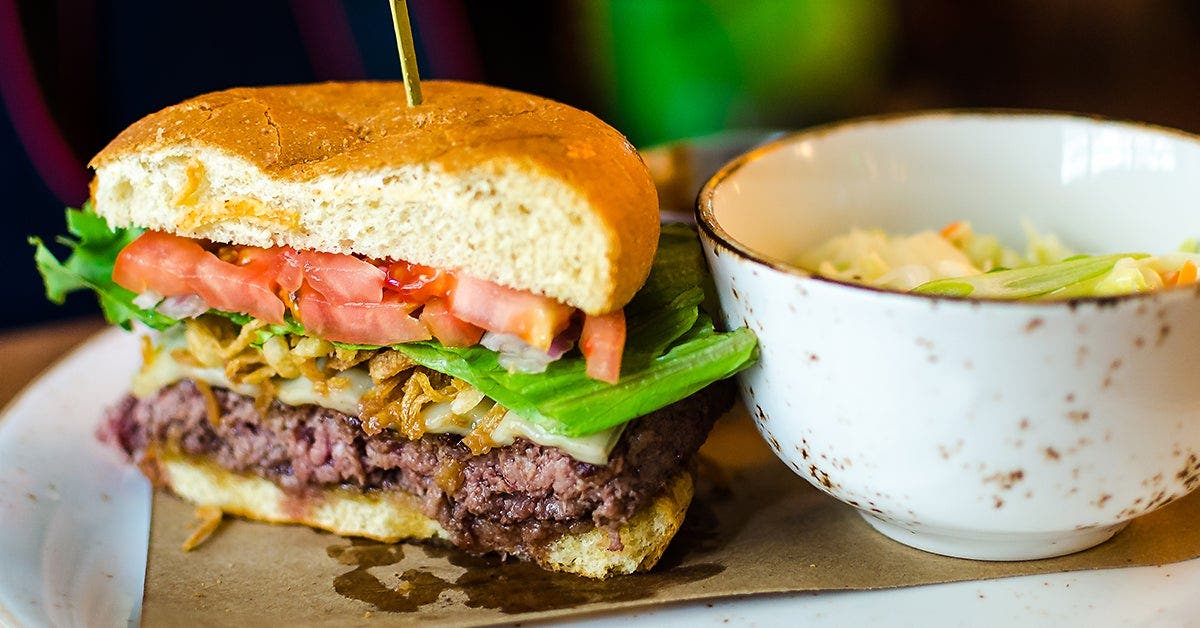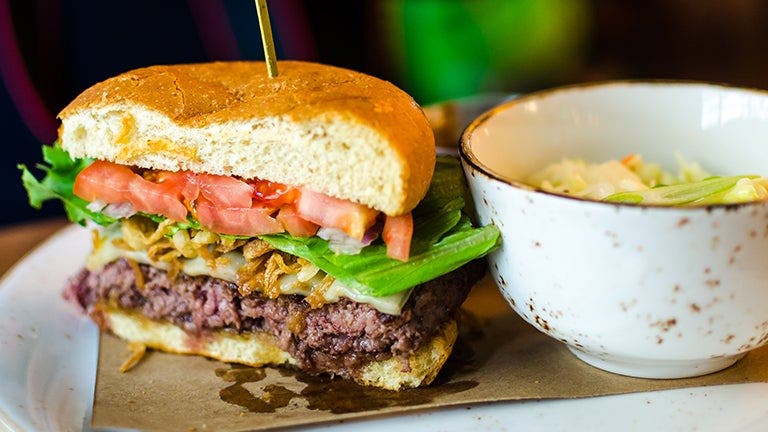Exotic meats: How many Points are in venison, rattlesnake, and other game meats?


Chicken, fish, and beef don't quite hit the spot? Enter game meats, which are increasingly available in mainstream grocery stores. Venison, ostrich, and bison aren't just accessible—they can easily fit into your Points budget on WeightWatchers®. (And the same goes for alligator and rattlesnake, if you're willing to order them online.)
Most game meats can be incorporated into your favorite recipes, but dabbling in the exotic can deliver benefits beyond improving your culinary prowess. Game grub is typically high in protein and low in fat, meaning it cooks much faster than traditional meats. Another perk: The majority of game meats come from free-range, grass-fed animals, meaning you’re contributing to sustainability as well as spicing up your diet. Here's what you need to know about your options and the Points values therein:
Venison
Venison, or deer meat, has been around long enough that it’s hardly considered exotic.
“As a child, the only way I heard that people ate venison was because someone’s father layed in a snow hole for 12 hours to shoot a buck,” says Steve Mannino, executive chef at Rustico, a gastropub in Alexandria, Virginia. “But by the late ’90s, marketing machines like the Food Network began to direct our dining with recipes and professionals telling us we can cook like them at home. People began to seek out venison for the flavor and low fat content.”
Points in venison:
Venison is a ZeroPoint® Food and comes in a variety of cuts, including strip loin, flank steak, medallions and tenderloin.
What it tastes like:
Venison has a chewy texture and sweet taste, according to Mannino.
How to cook it:
JoAnn Witherell, former vice president of culinary at Allen Brothers, a Chicago-based meat purveyor, says venison tastes best in chili, as steak, or on a kebab. For the latter two options, she makes her own teriyaki marinade by combining ¼ cup olive oil, ¼ cup soy sauce, 1 Tbsp lemon juice, 1 Tbsp rice vinegar, 1 Tbsp peeled and grated ginger, 1 clove minced garlic, and ¼ teaspoon red pepper flakes.
Bison
Of the en vogue exotic meats, Bison is by far the most popular, according to Kevin Roberts, host of the cooking show "BBQ Pitmasters" on TLC. It’s also the one most likely to pop up on the shelf at your grocery store. “It’s actually readily available at a lot of national chains now,” he says.
Points in Bison:
Bison meat comes in all the same varieties you’d get from a cow, including sirloin and top round steak (both ZeroPoint foods). For ground bison, anything 90% lean or leaner will be a ZeroPoint food and 85% lean ground bison is 6 Points per 3 oz cooked. Due to its low fat content, bison meat is also extra-easy to cook—a patty will be edible after about 6 minutes over low heat, compared to around 10 minutes for a ground beef patty.
What it tastes like:
“It basically tastes like a really-high-quality hamburger,” he says. “It’s lean, a little sweet, and not overly gamy.”
How to cook it:
Because the meat can dry easily, Roberts recommends serving bison burgers with low-fat condiments like mustard and plenty of veggie toppings. It can also be substituted for beef in other dishes, like stew, or mixed with vegetables in stir-fry or meatloaf.
Ostrich
It’s easiest to find this big-bird meat in ground form, according to Roberts. It can be just as lean as your favorite white meat—even though it looks totally different than say, chicken. “Ostrich is actually a red meat, but it doesn’t have the fat that beef does. It has more of the cooking characteristics of poultry,” Roberts says.
Points in ostrich:
Ostrich meat won’t cost you many Points—2 Points for a 3-ounce serving, or 3 Points for 3 oz of ground ostrich meat. It’s also high in protein and iron, and low in fat and cholesterol.
What it tastes like:
“The taste is great—rich, almost lamb-like, but with the texture of beef fillet,” says Justin Rosberg, cofounder of national gourmet butcher chain, The Meat House.
How to cook it:
Ostrich can be cooked in patty form and can also be skewered into kebabs. Fillets or medallions will cook about twice as fast as beef, according to Rosberg, so be sure to keep an eye on it when it’s on the grill.
Alligator and rattlesnake
The reptile meats are the trickiest of the exotics in part because you're dealing with relatively small portion sizes: “With alligator, you’re only eating the tail meat. With rattlesnake, it’s basically all connective muscle tissue and bone—there’s not a lot of meat on a snake,” Roberts says.
Points in alligator and rattlesnake:
Both meats are low in calories and fat and high in protein. Alligator is a ZeroPoint food (as long as it isn’t fried). A 3 ounce serving of rattlesnake will cost you just 2 Points.
What it tastes like:
Because of their fat-to-protein ratio, both gators and snakes have a chewy texture and clean flavor, Roberts says.
How to cook it:
Their light taste means you can toss them in a marinade before serving them on skewers with hearty vegetables.
Get cooking!
When planning a meal featuring exotic meats, remember not to be intimidated by uncharted territory. The key to a good meal, regardless of ingredients, is planning, Mannino says.
Remember the basics. All of the game meats mentioned here have high protein and low fat content, meaning they’re going to cook quickly. Don’t be surprised when they only take a few minutes to brown, and be wary of overcooking.
Most important, be daring enough to opt for something new. Bragging to your friends that you’ve mastered the art of skewering snake meat or barbecuing bison may be sufficient motivation for some to brave exotic fare, but the health benefits offered by game meat are reason enough to try it!
